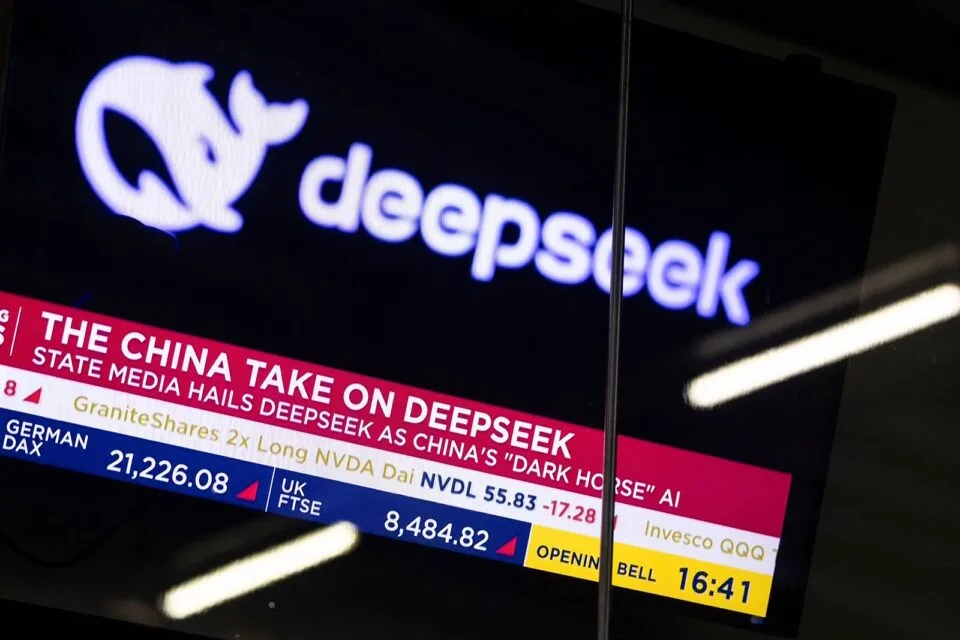The artificial intelligence industry has been shocked by a new contender. DeepSeek, a little-known Chinese startup, has developed an AI model that rivals major players like OpenAI’s GPT-4 and Google’s Gemini. This breakthrough challenges the United States’ long-standing dominance in AI technology, raising critical questions about the future of the global AI arms race.
DeepSeek’s AI Model: A Major Innovation
DeepSeek’s AI system, R1, has emerged as a serious competitor to top US models. The company claims to have developed it at a fraction of the cost and with fewer high-end chips than required by US systems. This achievement challenges the widely-held belief that only massive budgets and cutting-edge chips can create successful AI models.
While this success seems impossible, it points to one surprising fact: China’s AI ambitions may be closer to achieving parity with the US than previously thought.
How the US Export Curbs May Have Backfired
The United States imposed strict export controls to prevent China from acquiring the top-tier chips needed for AI development. The goal was to slow China’s progress in the AI race. However, experts argue that these export restrictions may have pushed Chinese firms to innovate even faster. John Villasenor, UCLA professor, suggests that these controls might have backfired, accelerating China’s technological capabilities instead.
Will Trump Double Down on Restrictions?
Former President Donald Trump now faces a tough decision. Should he impose even stricter measures on China, or reconsider the effectiveness of the current approach? Some political analysts believe that he will opt for stronger restrictions, viewing them as a necessary step to maintain US dominance.
Others, however, caution that DeepSeek’s success could be more complicated. Yale’s Jeffrey Sonnenfeld calls this either a “Sputnik Moment” (a genuine technological breakthrough) or a “Potemkin Moment” (a bluff supported by stockpiled chips or the black market). Without definitive proof, skepticism remains high.
Is DeepSeek’s Success Real?
Despite DeepSeek’s bold claims, many remain cautious. The company allegedly possesses 50,000 advanced chips, but no evidence confirms how these were acquired. Art Hogan of B. Riley Wealth Management urges caution, suggesting that claims from China’s tech sector should be scrutinized.
If DeepSeek does have access to leading-edge chips, it would indicate that the US export controls have failed to fully prevent China’s progress. However, enforcing stricter measures could close the loopholes that allow for black-market acquisitions.
The Future of the US-China AI Rivalry
The competition between the United States and China in the AI space is intensifying. DeepSeek’s achievements suggest that China’s AI sector is progressing faster than many anticipated. This shift forces the US to reconsider how it handles the AI arms race.
The next steps are critical. How will the US react? Can export restrictions continue to limit China’s AI progress, or will they drive even greater innovation? The world is watching closely as the stakes in the global AI competition continue to rise.
Conclusion: What’s Next for America’s AI Leadership?
The rise of DeepSeek marks a significant moment in the AI arms race. While America has long been the leader, China’s rapid advancement calls into question the strategies used to maintain this dominance. Both countries must rethink their approaches as the next chapter in AI technology unfolds.



